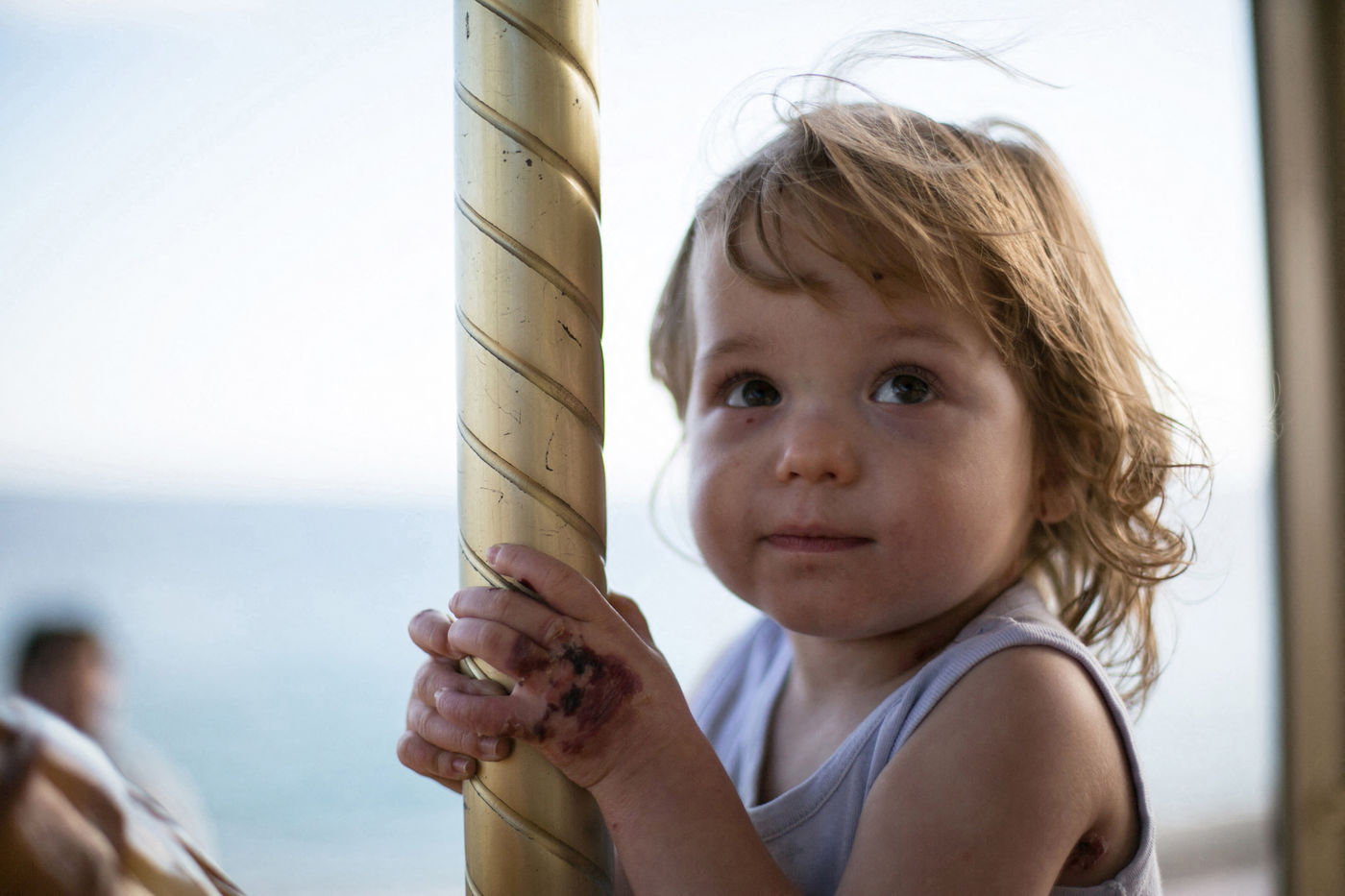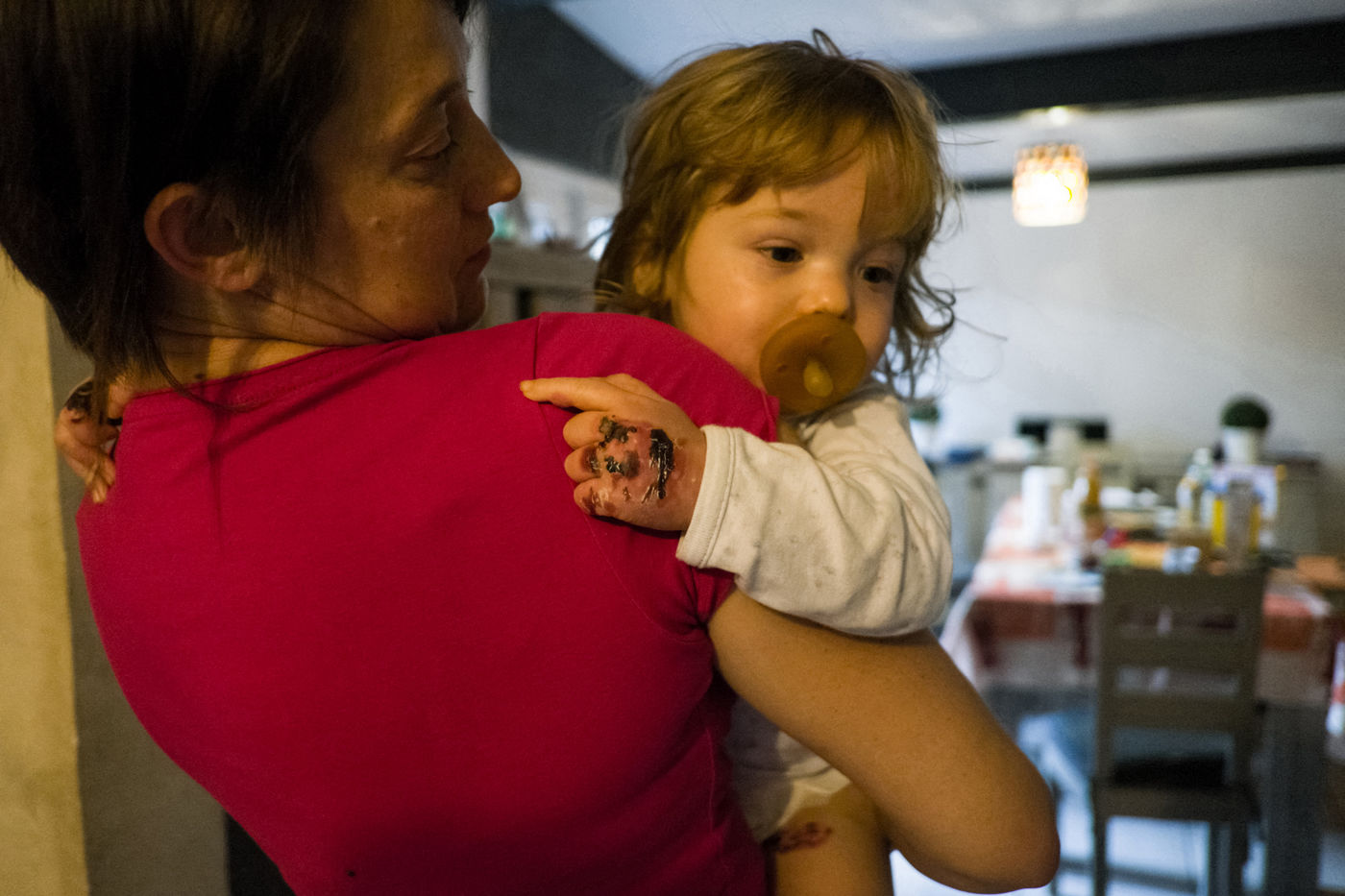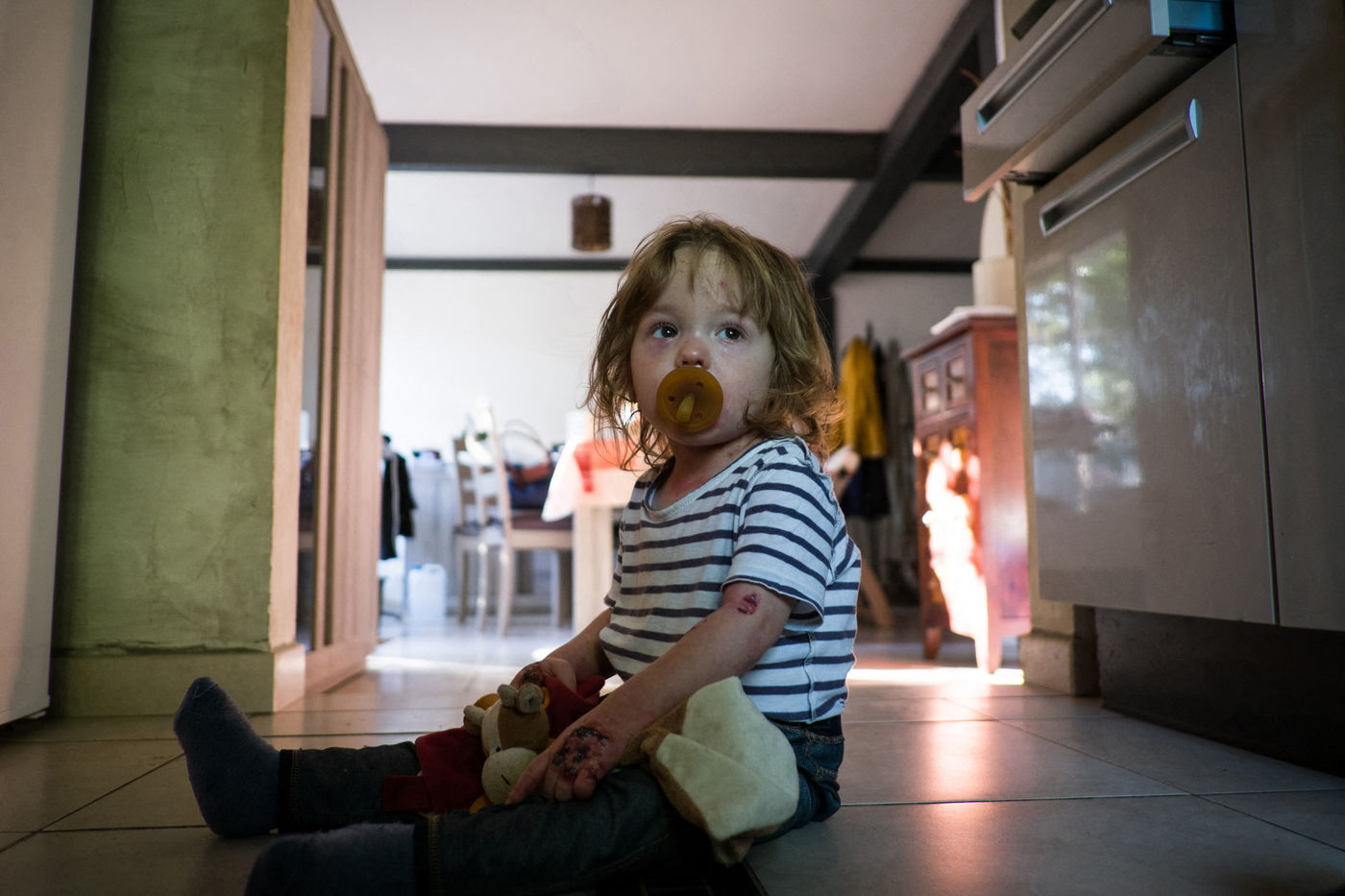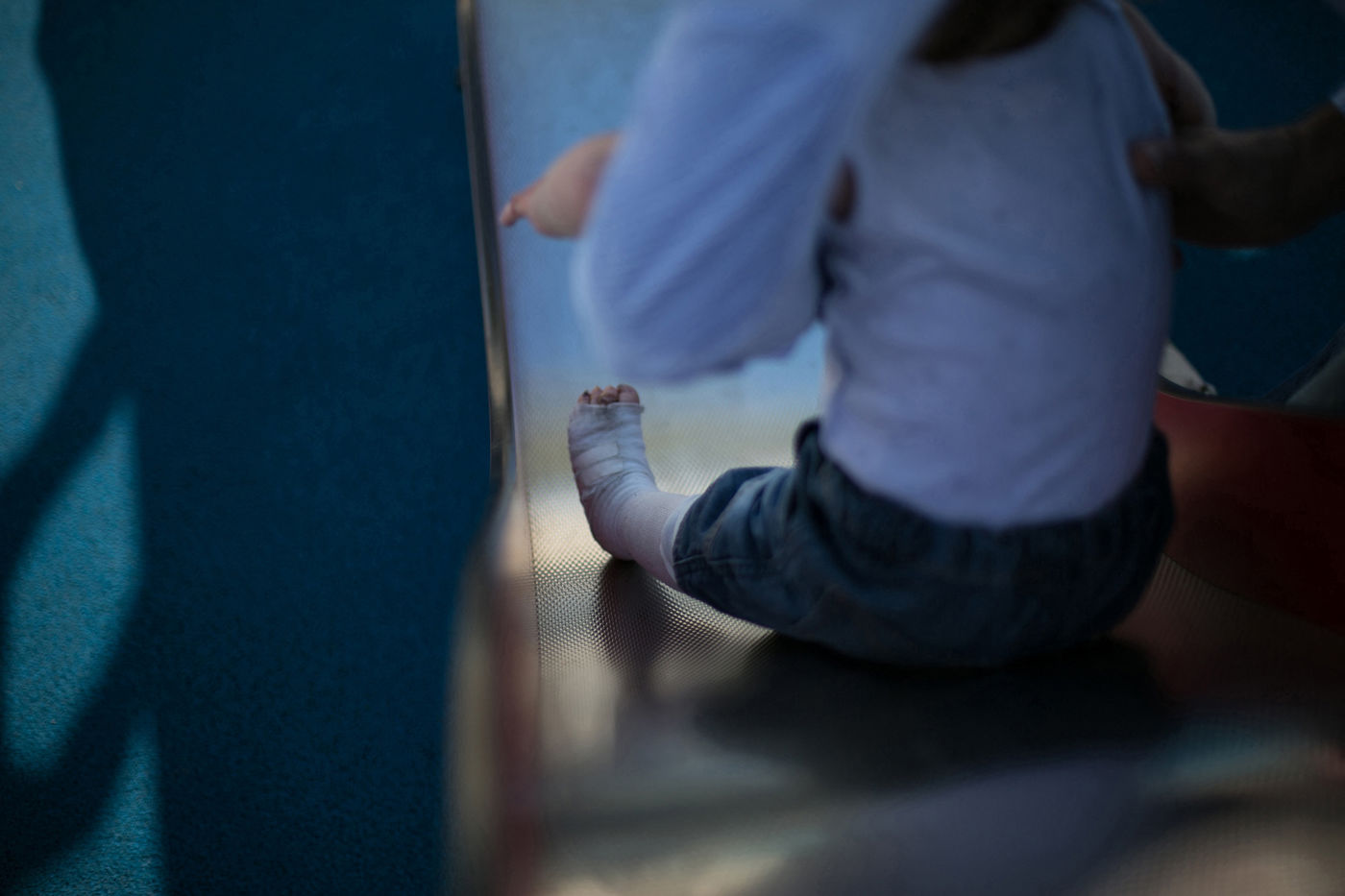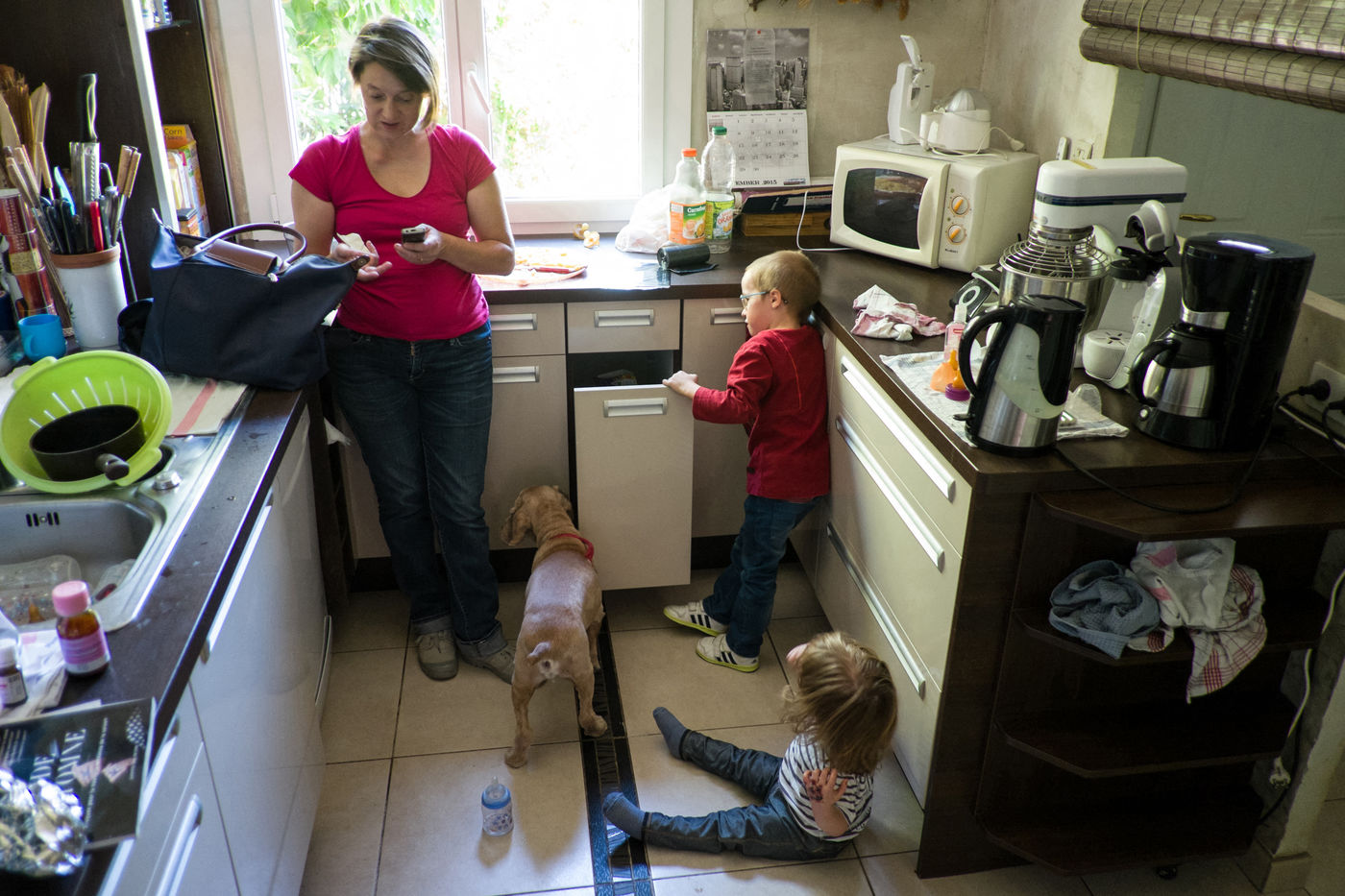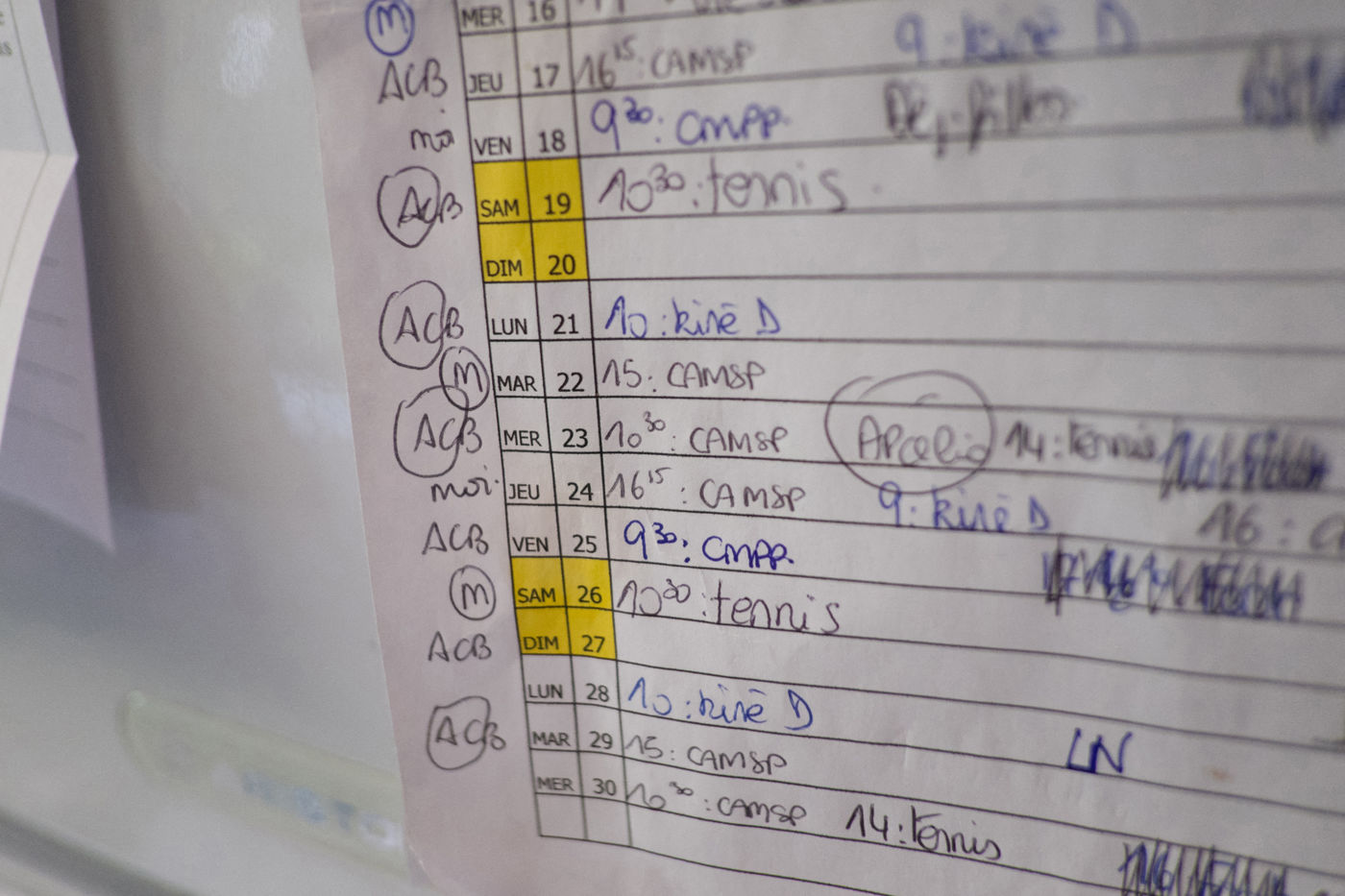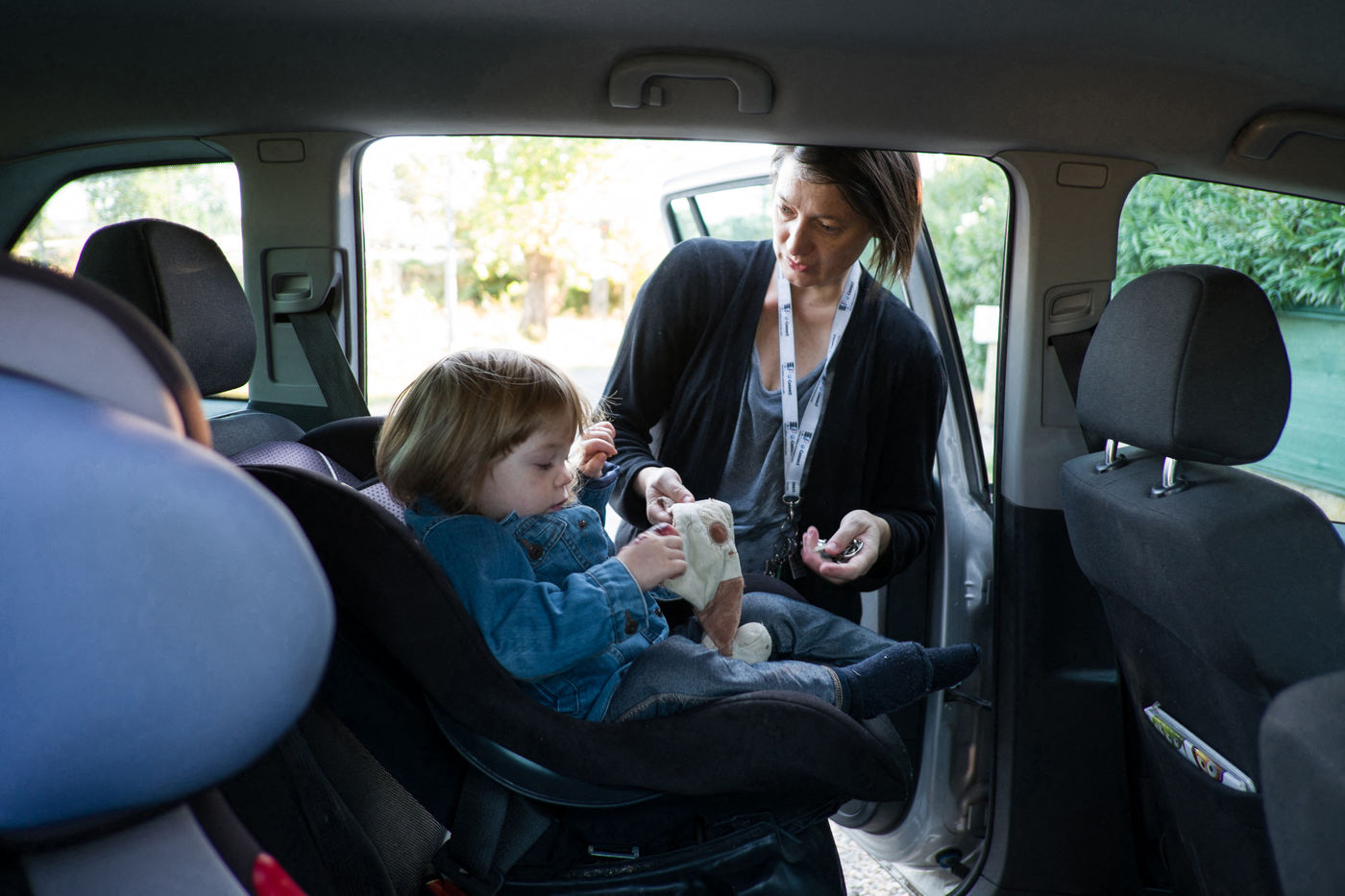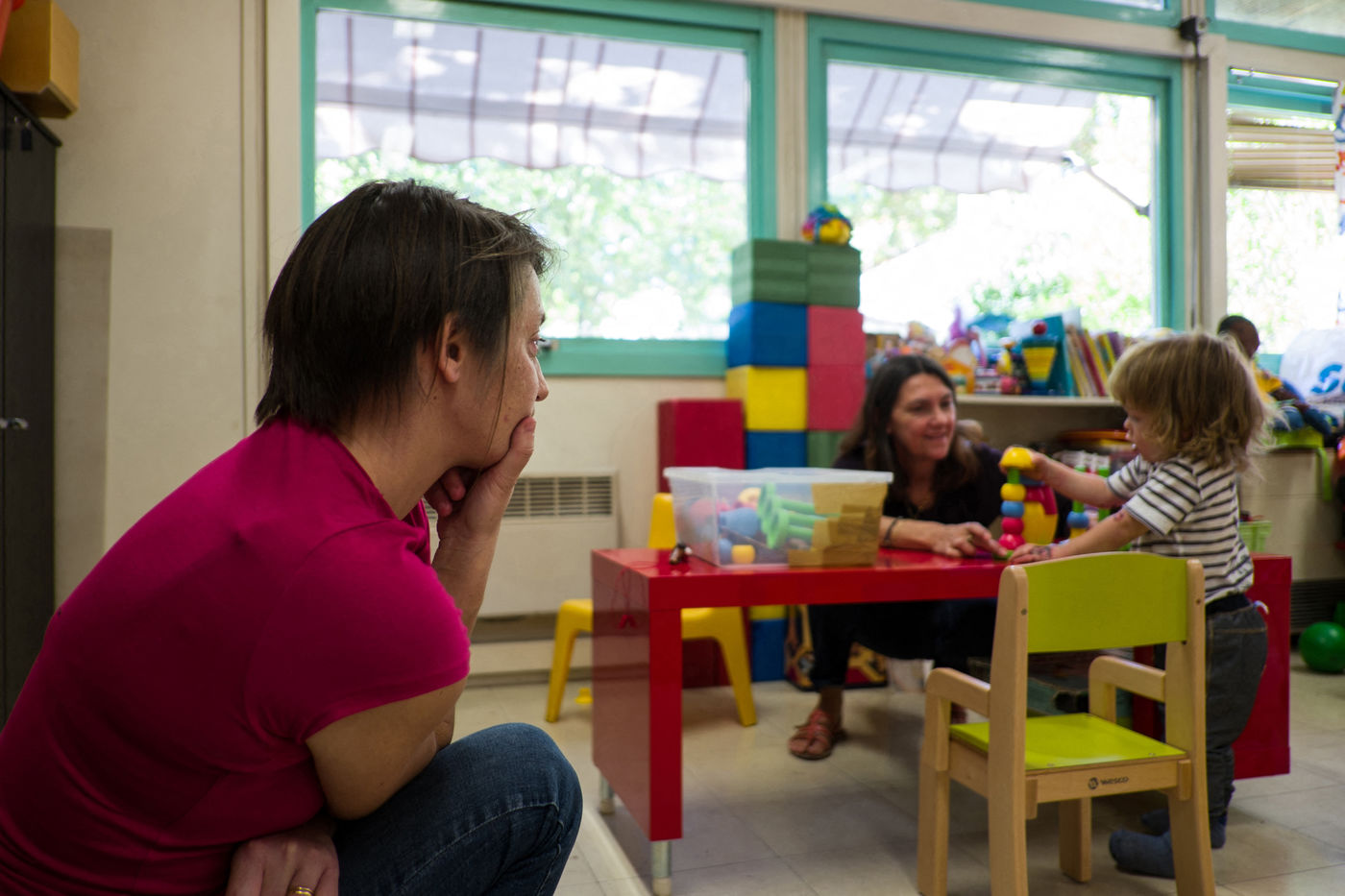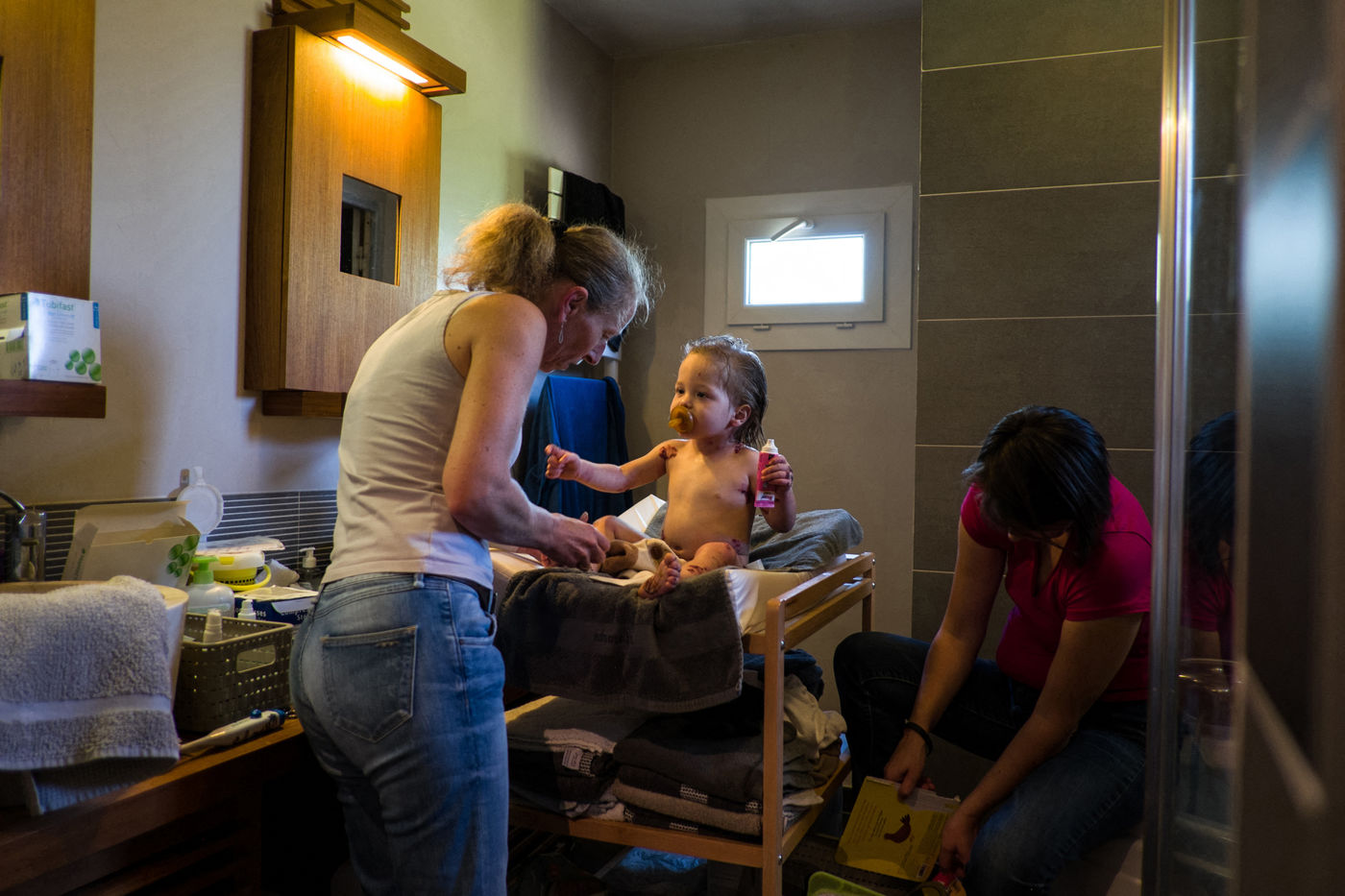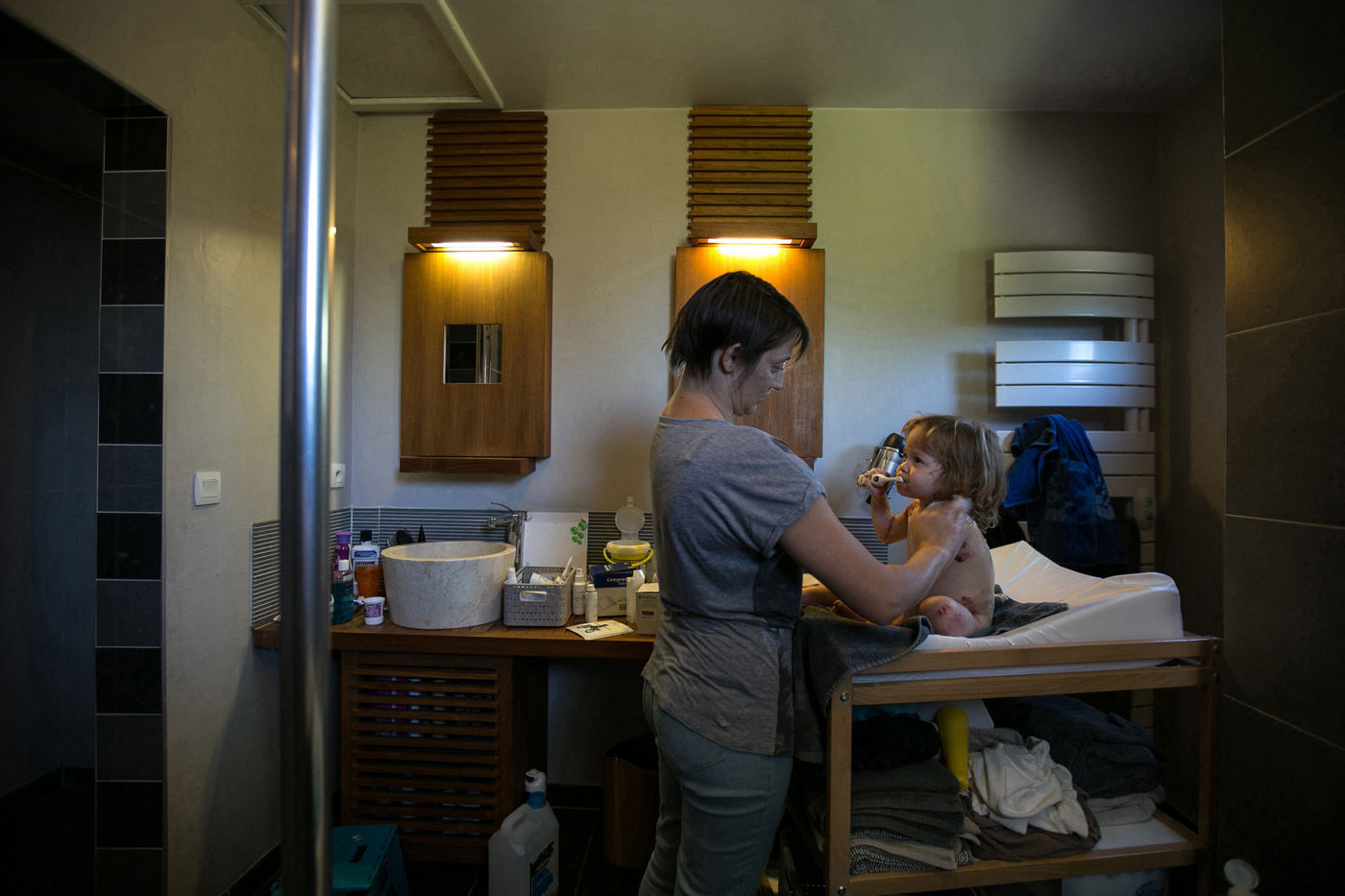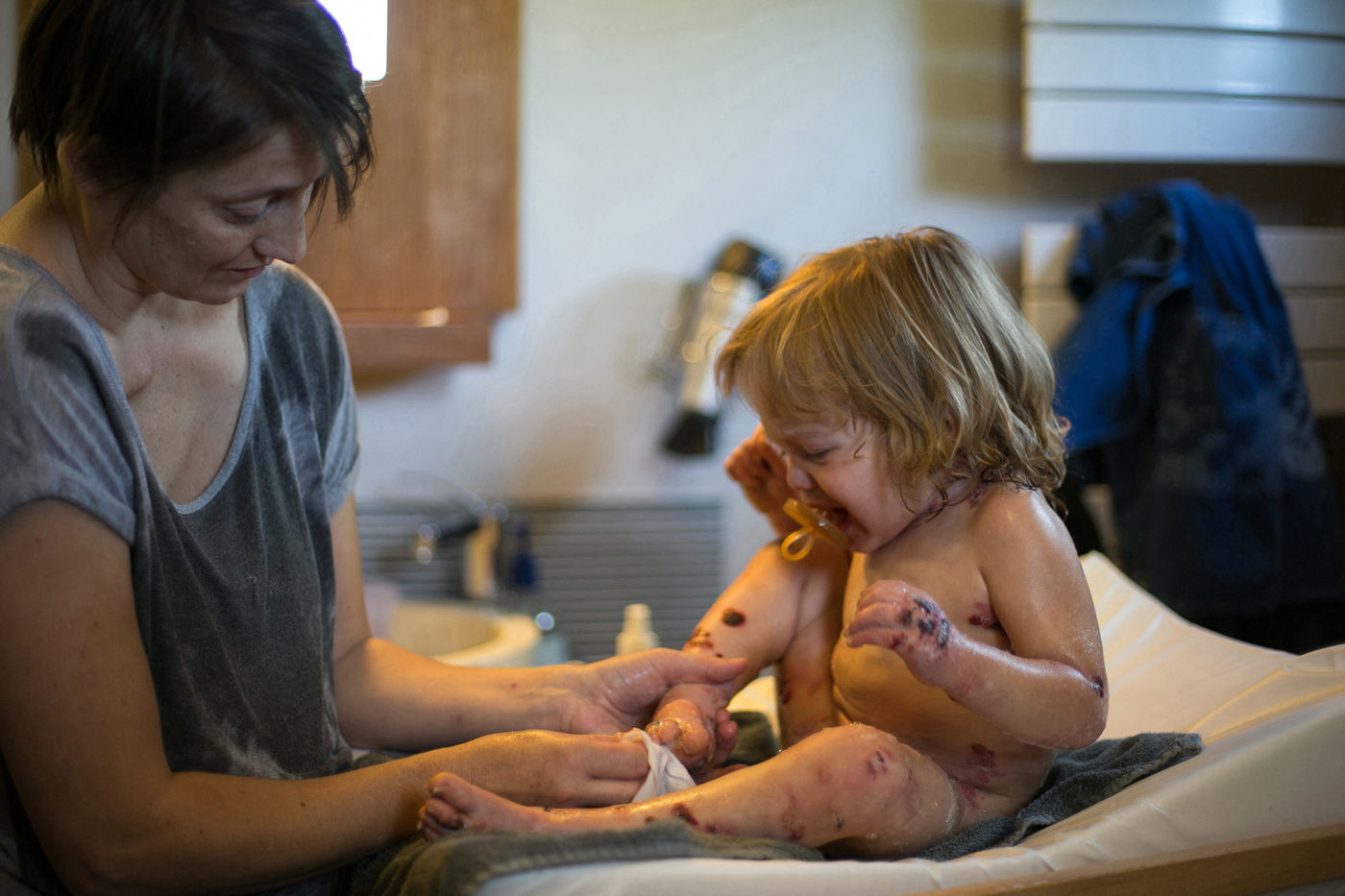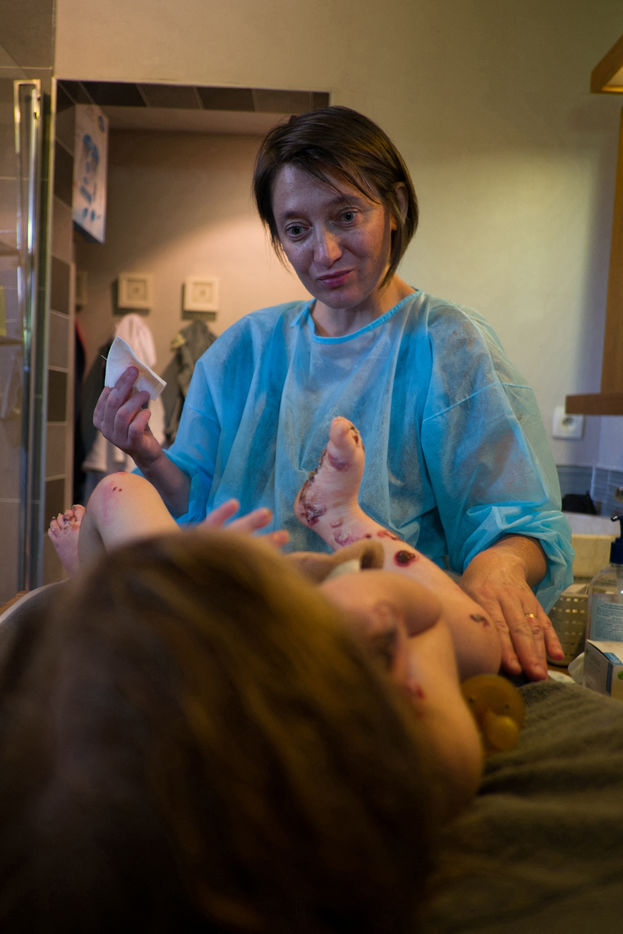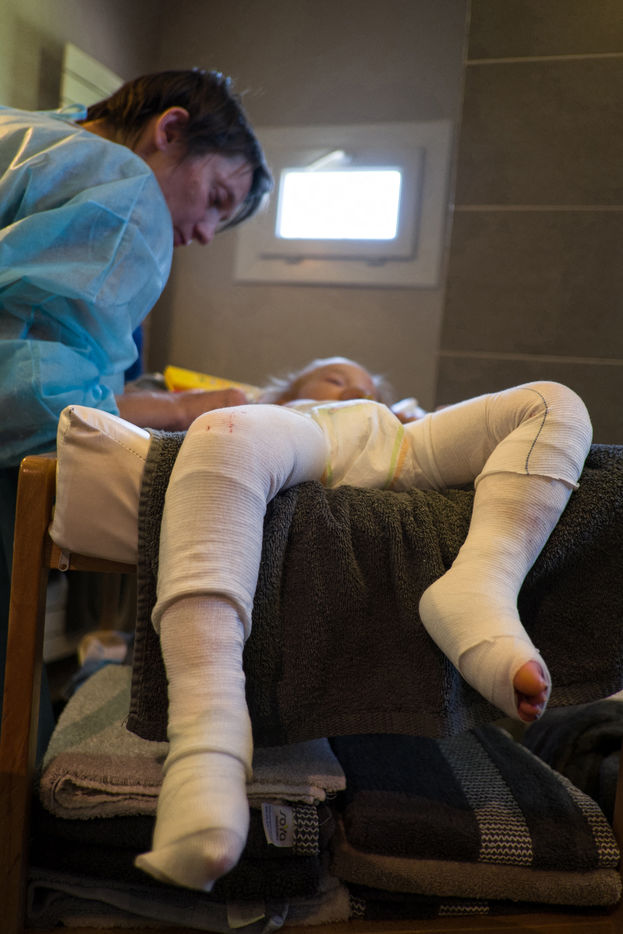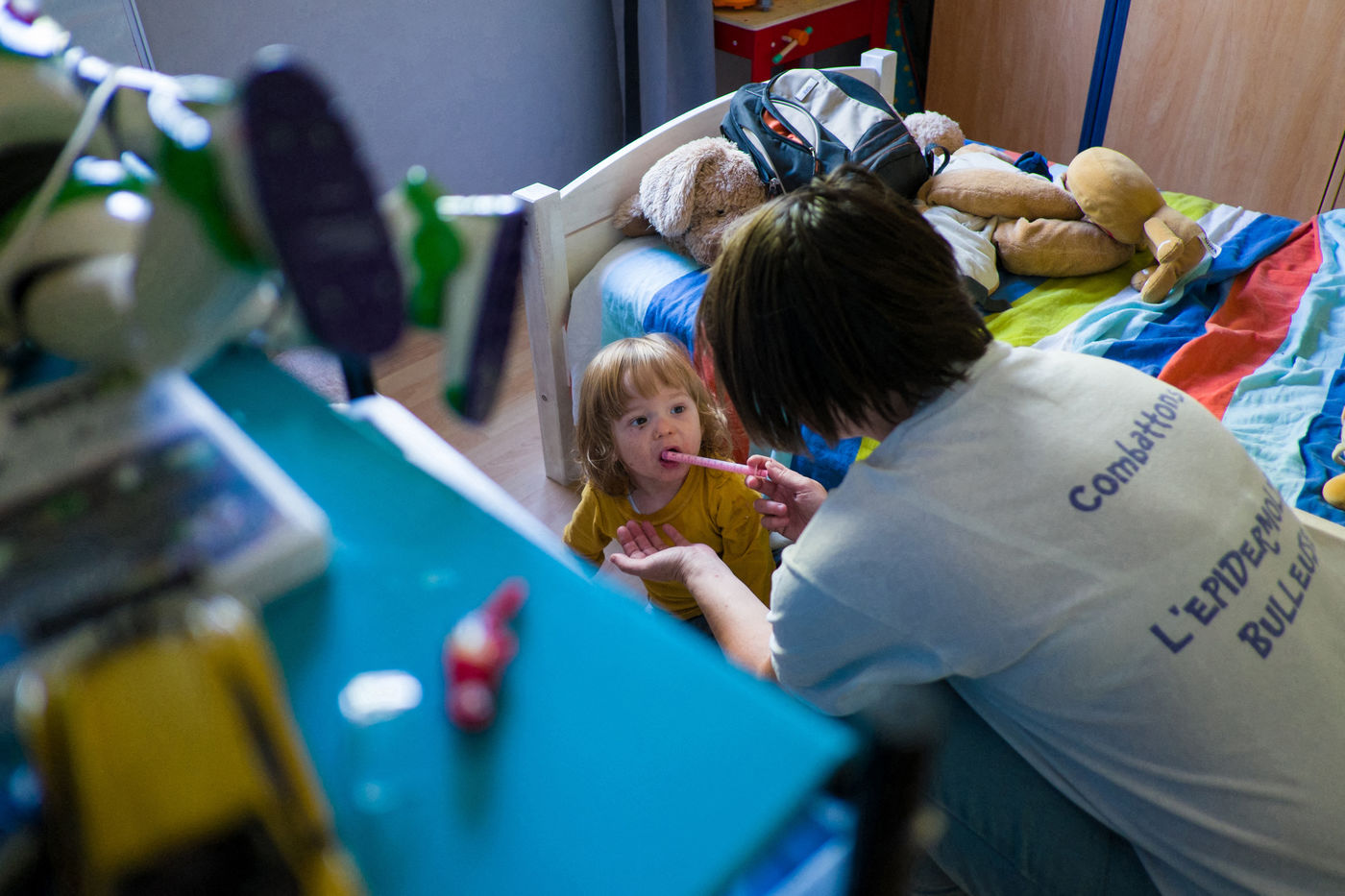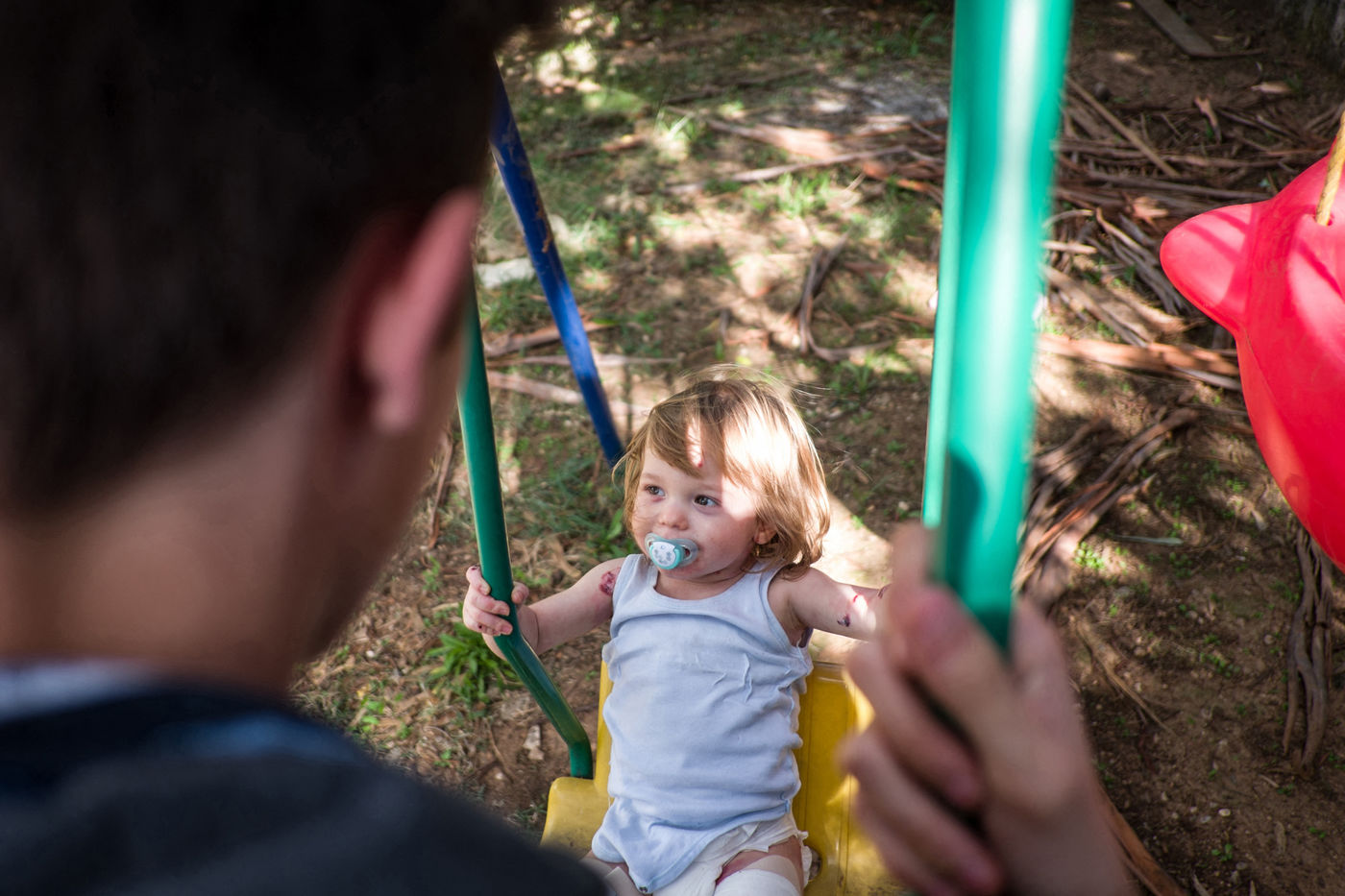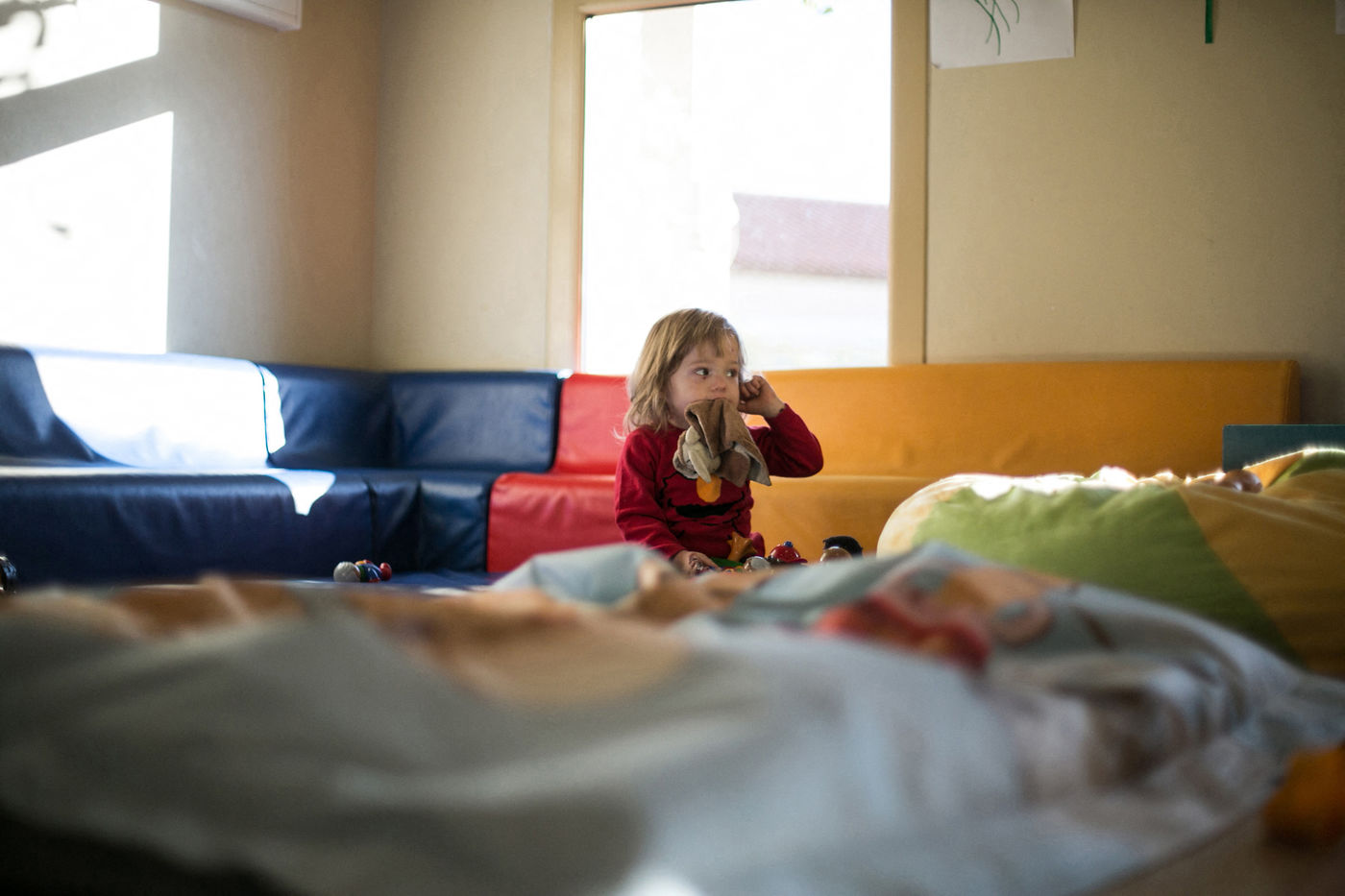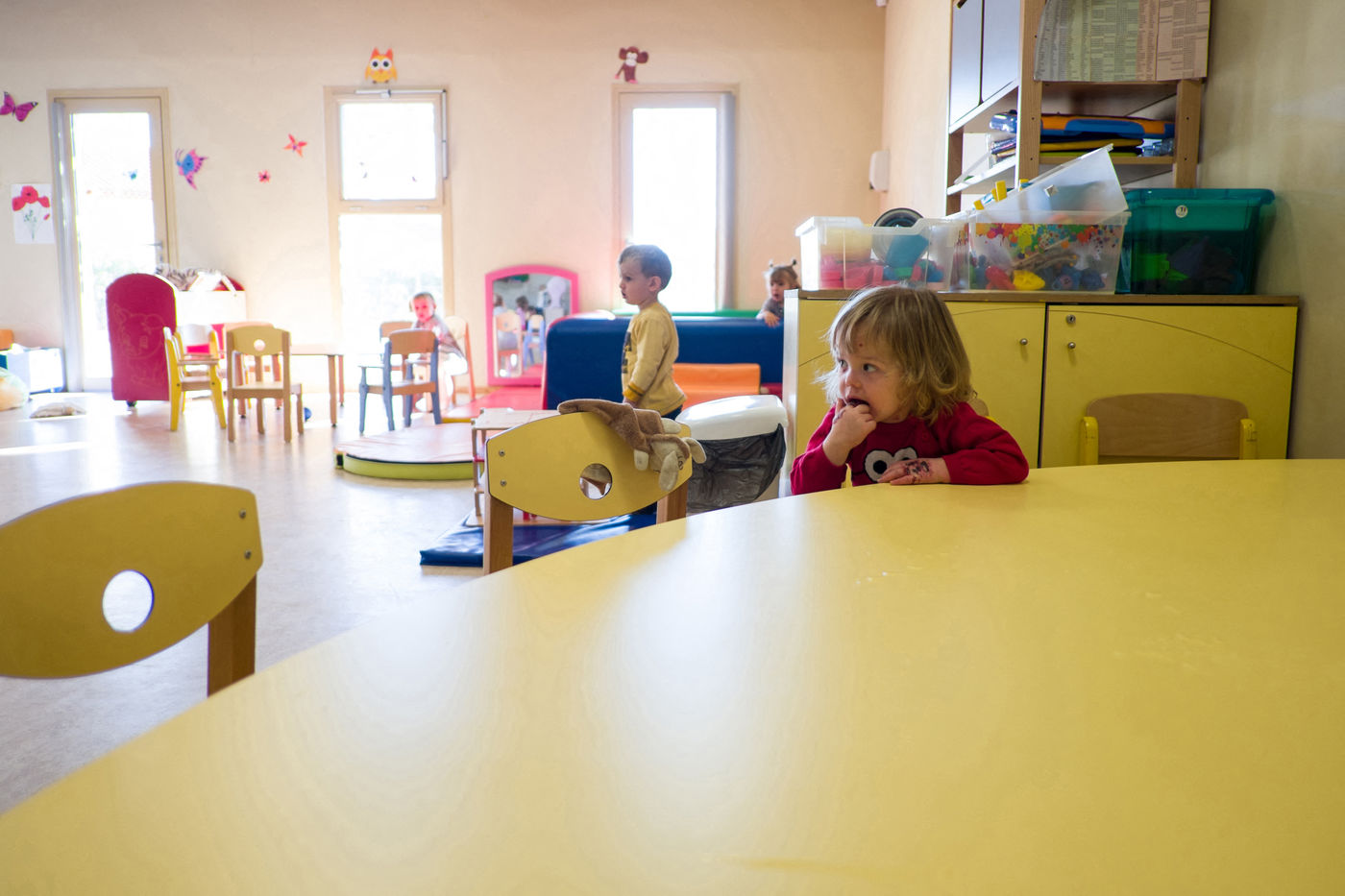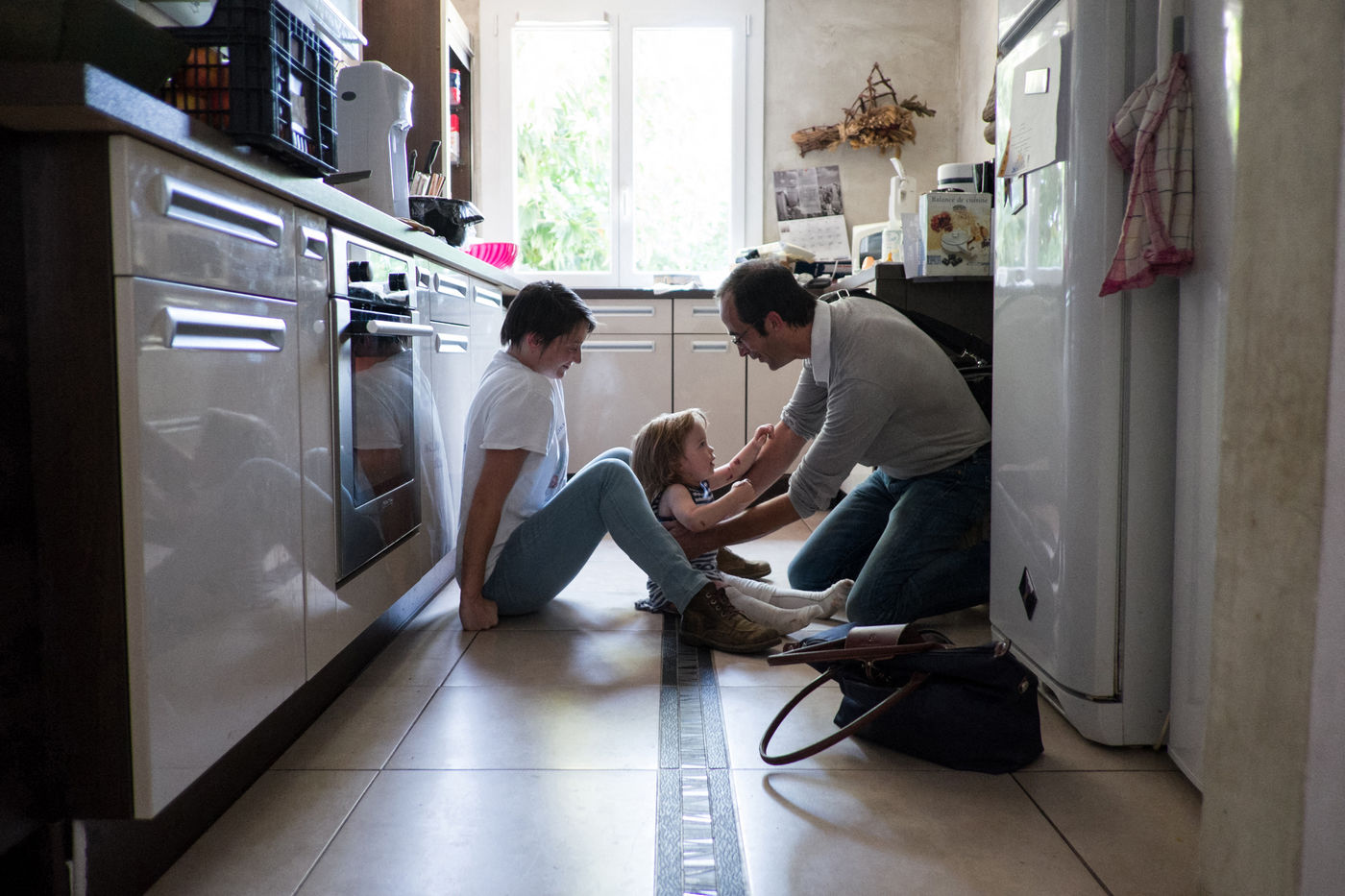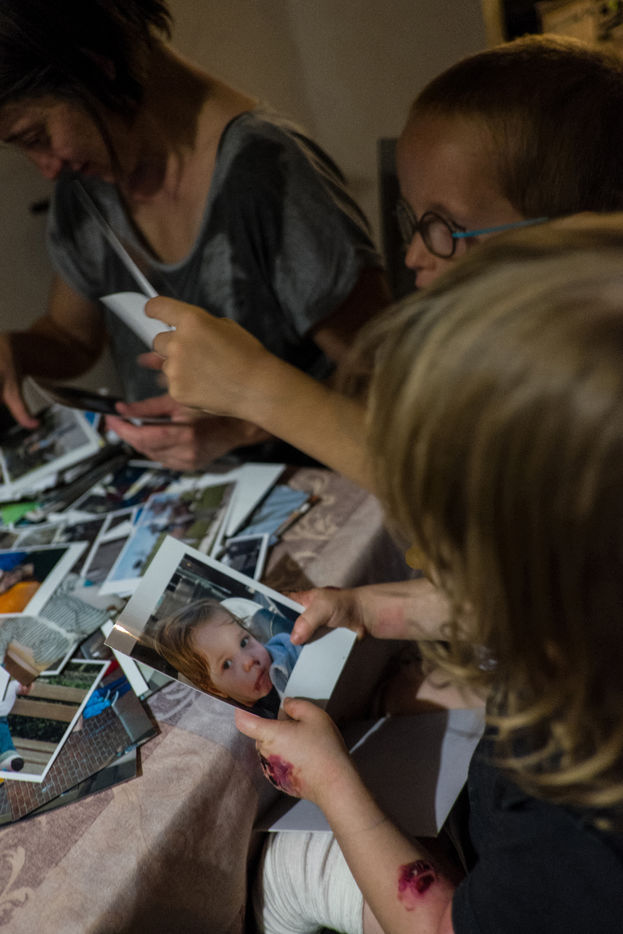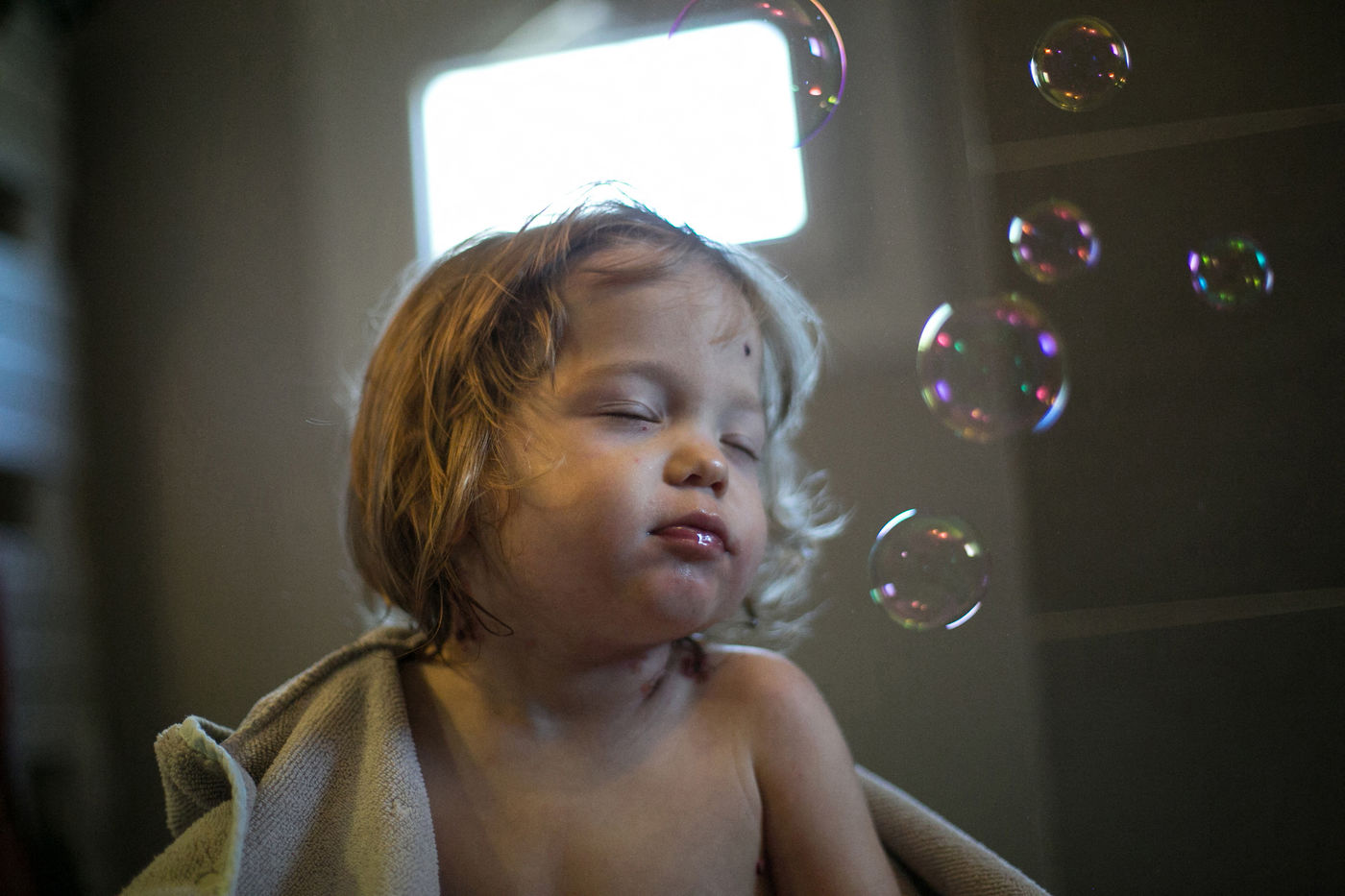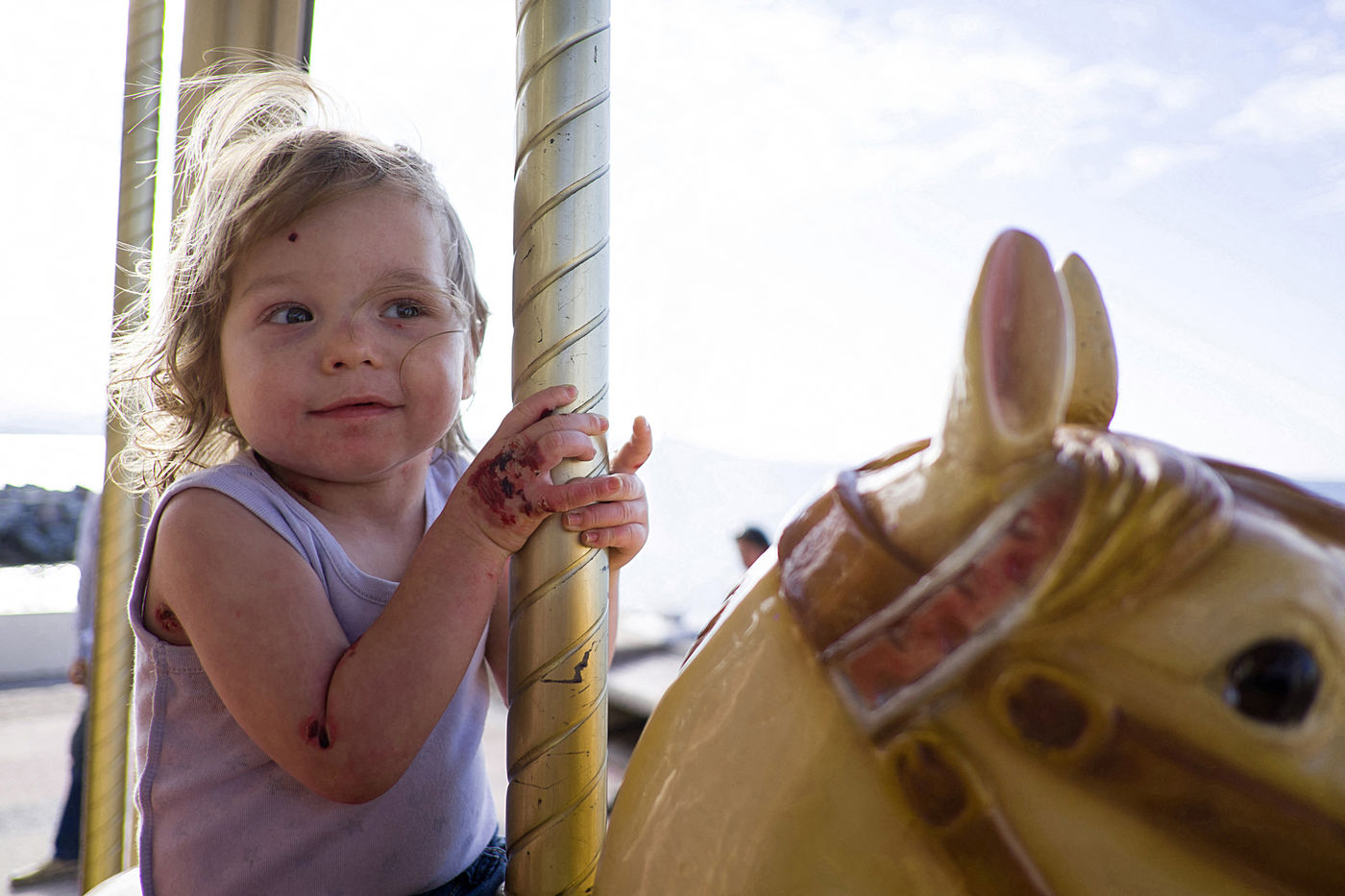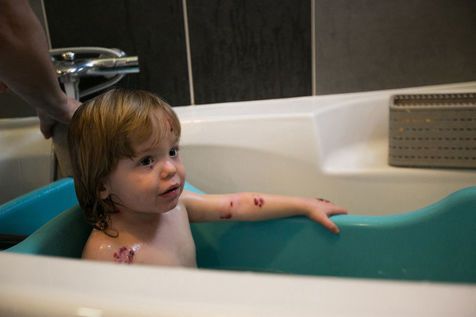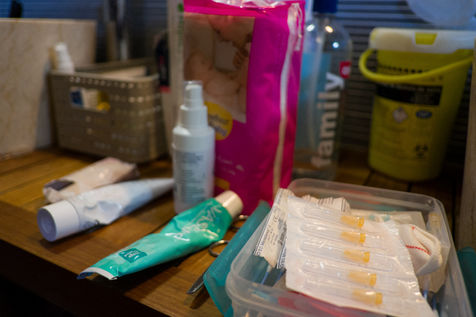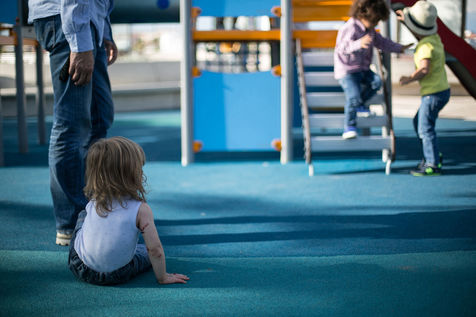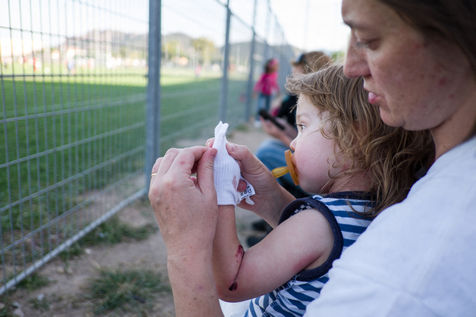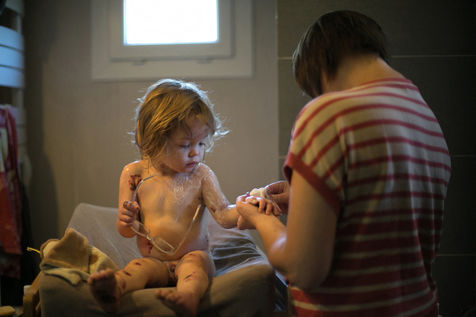Les Ailes du Papillon
Vendredi 06 décembre 2013 : Dorothee part à la clinique pour accoucher du quatrième enfant de la fratrie. Le nom est déjà choisi, ce sera Emilien, il rejoindra sous peu ses grands frères Célio, Léandro et Lysandre qui l'attendent déjà depuis 9 mois.
Le nouveau-né arrive au monde avec les pieds à vif. Les infirmières appellent en urgence le pédiatre et portent leurs premiers soupçons sur le cordon ombilical qui se serait entouré autour du pied et aurait arraché la peau.
Par la suite, Dorothee voit des pédiatres se succéder auprès de son fils sans savoir ce qu'il en est. Forte de son expérience de mère, inquiète, elle informe le corps médical : son bébé ne veux pas rester couché et n'arrête pas de pleurer. Le seul moment où il se sent bien, c'est contre sa mère, peau à peau.
Le dimanche suivant, de petites bulles commencent à se former sur le corps d'Emilien. Ce que Dorothée ne savait pas à ce moment-là, c'est qu'à chaque toilette, elle lui arrachait un peu de peau et irritait l'épiderme.
Le lundi, la pédiatre la reçoit à la nurserie pour lui annoncer la nouvelle, Emilien est atteint d'une grave maladie de peau. Après les analyses et les biopsies à Nice, le diagnostic est posé : Emilien souffre d'épidermolyse bulleuse épidermolytique de type Dowling-Meara.
Il y a trois formes d'épidermolyse bulleuse : simple, jonctionnelle, dystrophique, et une vingtaine de sous-catégories.
Cette maladie génétique orpheline provoque une fragilité de la peau qui la rend aussi fragile que les ailes d'un papillon. Le gêne responsable de l'assimilation de la protéine étant défaillant, la cohésion entre l'épiderme et le derme est inexistante. Résultat, à chaque frottement, choc ou égratignure, la peau s'arrache, forme des cloques et l'enfant souffre.
Le seul véritable traitement pour cette maladie, ce sont les soins de pansements pour désinfecter les plaies et aider à la cicatrisation. Des séances longues et parfois tellement douloureuses qu'Emilien est placé sous morphine.
La famille Fournet a accepté de m'accueillir et de vivre leur quotidien avec la maladie. Leur combat, il l'ont engagé dès la naissance. D'abord pour connaître et ensuite pour comprendre. Adapter sa vie en fonction de la maladie, prendre de nouveaux réflexes.
Ce combat a maintenant changé, il n'est plus dirigé contre la maladie mais contre l'ignorance.
Faire connaître cette anomalie génétique, effacer les préjugés et faire avancer la recherche. Permettre une meilleure reconnaissance et une meilleure prise en charge, pour Emilien, mais aussi pour tous les autres enfants à travers le monde.
Ces enfants à la peau sensible sont surnommés « Les enfants papillons ».
The Wings Of The Butterfly
Friday December the 6th, 2013: Dorothee goes to the clinic to give birth to the fourth child of the siblings. The name is already chosen, it will be Emilien, he will soon join his big brothers Ce?lio, Le?andro and Lysandre who have been waiting for 9 months.
The newborn comes to the world with the feet raw. The nurses urgently call the pediatrician and carry their first suspicions on the umbilical cord that would have surrounded itself around the foot and would have ripped the skin.
Subsequently, Dorothee sees pediatricians succeeding her son without knowing what it is. With her experience as a mother, worried, she informs the medical staff: her baby doesn?t want to stay lying and doesn?t stop crying. The only time he feels good is against his mother, skin to skin.
The following Sunday, small bubbles begin to form on the body of Emilien. What Dorothea didn?t know at the time was that at every care she snatched off a little bit of skin and irritated the epidermis.
On Monday, the pediatrician receives her at the nursery to announce the news, Emilien is suffering from a serious skin disease. After tests and biopsies in Nice, the diagnosis is made: Emilien suffers epidermolytic epidermolysis bullosa from type Dowling-Meara.
There are three forms of epidermolysis bullosa: simple, junctional, dystrophic, and about twenty subcategories.
This orphan genetic disease causes a fragility of the skin which makes it as fragile as the wings of a butterfly. Since the gene responsible for the assimilation of the protein fails, the cohesion between the epidermis and the dermis is non-existent. Result, with each friction, shock or scratch, the skin tears, forms blisters and the child suffers.
The only real treatment for this disease is the care with plasters to disinfect wounds and help with wound healing. Sessions are long and sometimes so painful that Emilien is placed under morphine.
The Fournet family has agreed to welcome me and to live their daily life with the disease. Their struggle, he hired from birth. First to know and then to understand. Adapt your life according to the disease, take new reflexes.
This fight has now changed, it is no longer directed against the disease but against ignorance.
To make known this genetic anomaly, to erase the prejudices and to advance the research. Enable better recognition and better care, for Emilien, but also for all other children around the world. These children with sensitive skin are nicknamed "Butterfly Child".
